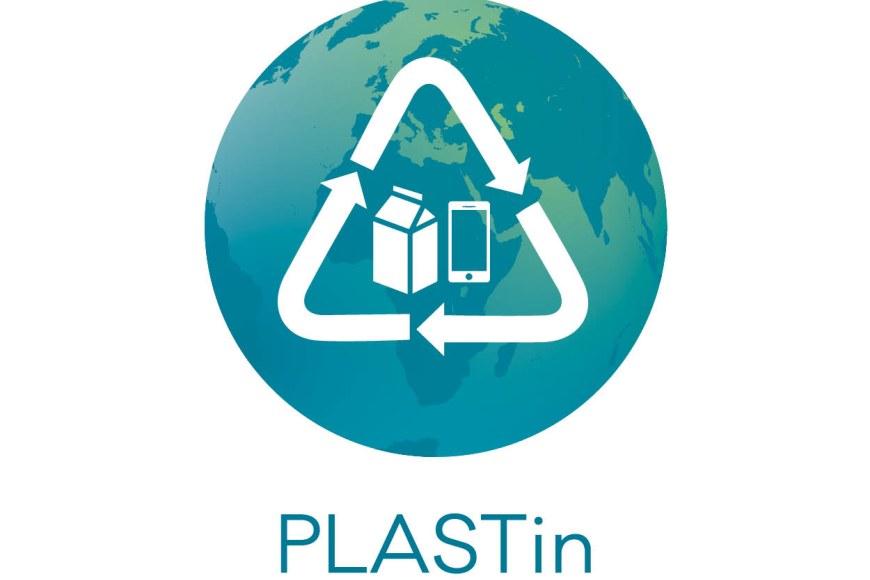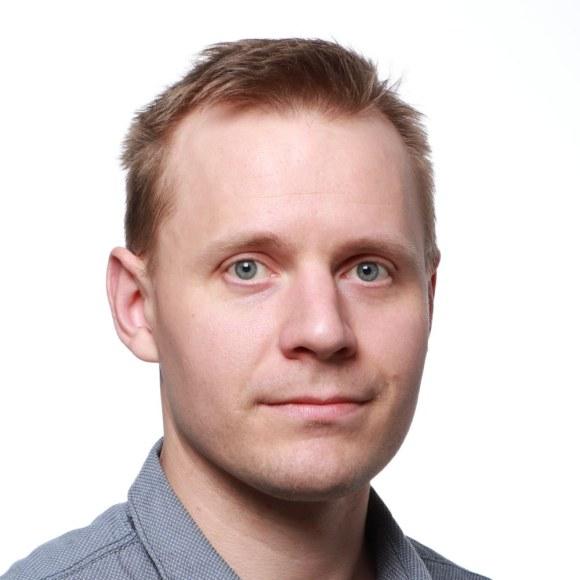
PLASTin project is established to support the plastic industry actorsto develop systemic, and environmentally optimized recycling concepts. This is achieved with the new knowledge gained about recycling processes and technologies such as sorting, pre‐treatment, mechanical and chemical treatment and reject handling, and about system‐level understanding, allowing improved business opportunities based on recycling.
Background
In Europe, around 27 million tonnes of consumer plastic waste are generated annually. Currently, only about one third of this is collected for recycling. In the course of environmental concerns and tightening regulation, it is evident that the recovery and recycling of plastics, including the nonpackaging plastics, will have to be improved. For this, there is an urgent need to improve the valorisation rate of End‐of Life plastics in order to meet future requirements regarding materials use. Improving the recycling rates of plastic waste requires new and improved technological solutions, both for mechanical and for chemical recycling processes.
Most plastics in Europe is used in packaging. Many of those plastics are multilayer materials that are difficult to recycle. In addition, multilayer plastics are used in liquid packaging boards (LPB) with a relatively high plastic content (20...30%). Another challenging sector is plastic waste from electronic and electrical equipment, WEEE, and the relative share of this stream is increasing. WEEE‐plastic waste can contain many harmful additives, which can be problematic both in their recycle and their re‐use. These streams are especially in the focus of this study.
Funding source
Business Finland
Coordinating organisation
Clic Innovation Oy
Partners
BMH Technology Oy, Borealis Polymers Oy, Fortum Waste Solutions Oy, Kuusakoski Oy, Neste Oyj, Griffin Refineries Oy, Rosk’n Roll Oy, Muovipoli Oy, Suomen Uusiomuovi Oy, Finnish Environment Institute (SYKE), Lappeenranta-Lahti University of Technology (LUT), Tampere University (TAU), VTT Technical Research Centre of Finland (VTT) and Arcada University of Applied Sciences (Arcada)
Contact persons
Ilari Jönkkäri
University Instructor Ilari Jönkkäri
Ilari Jönkkäri